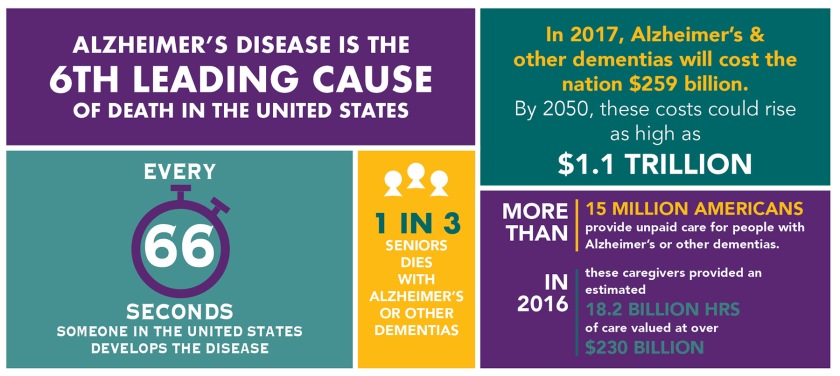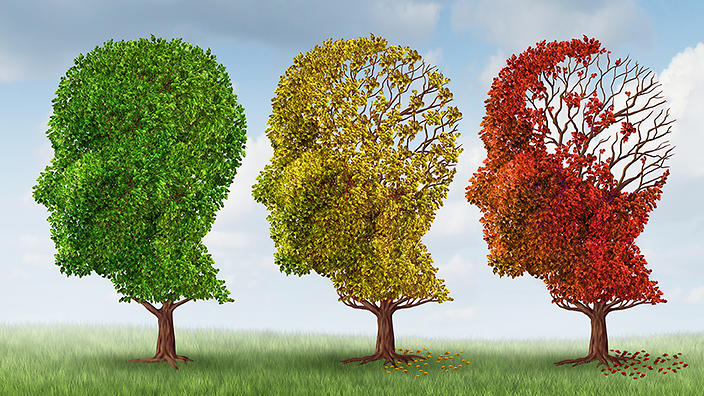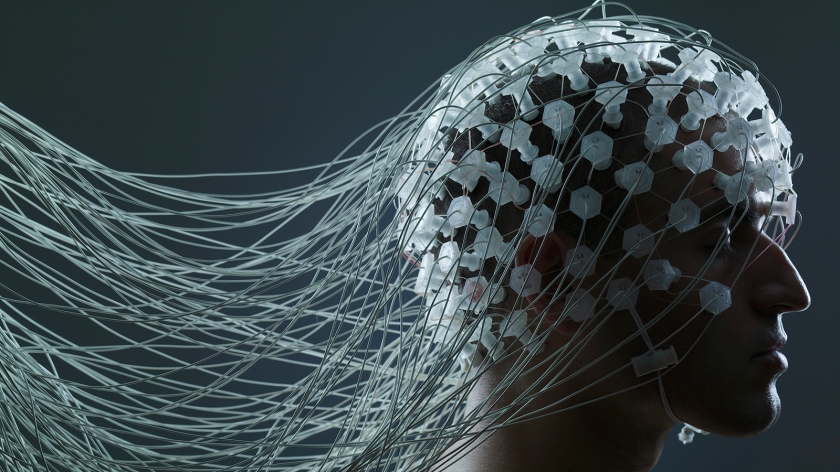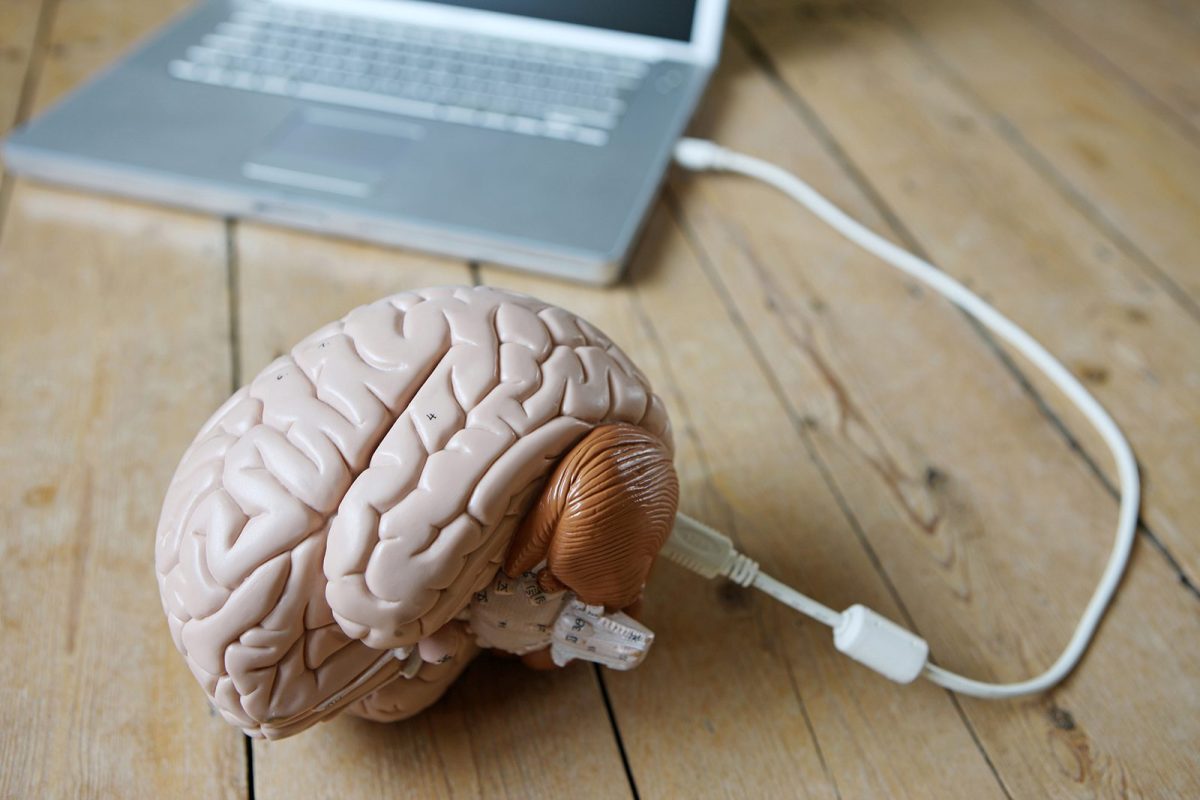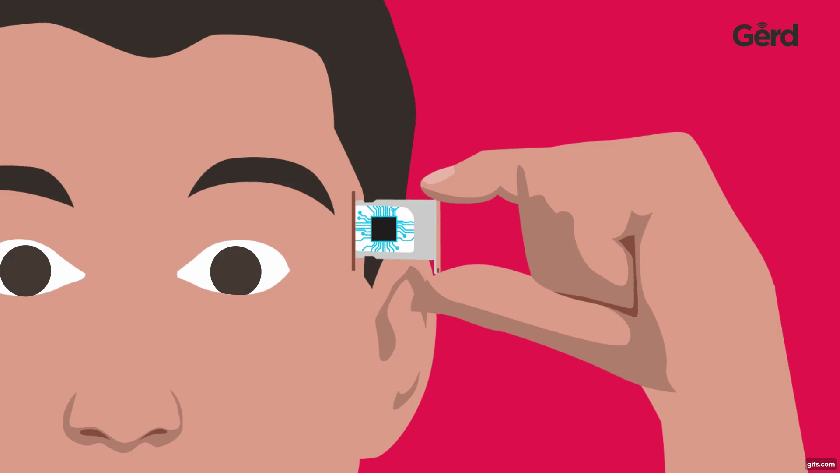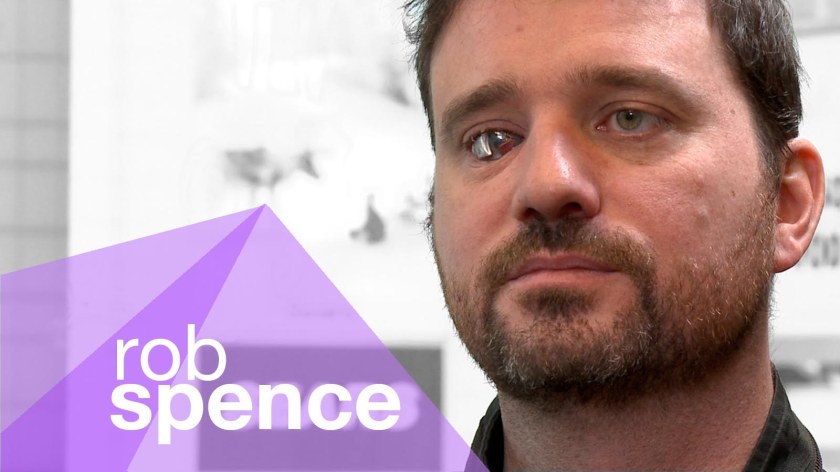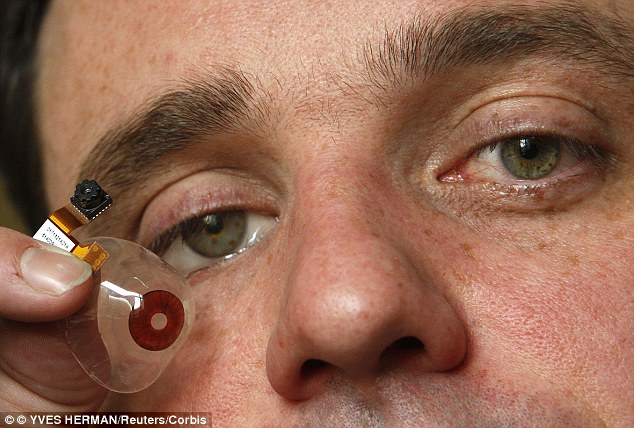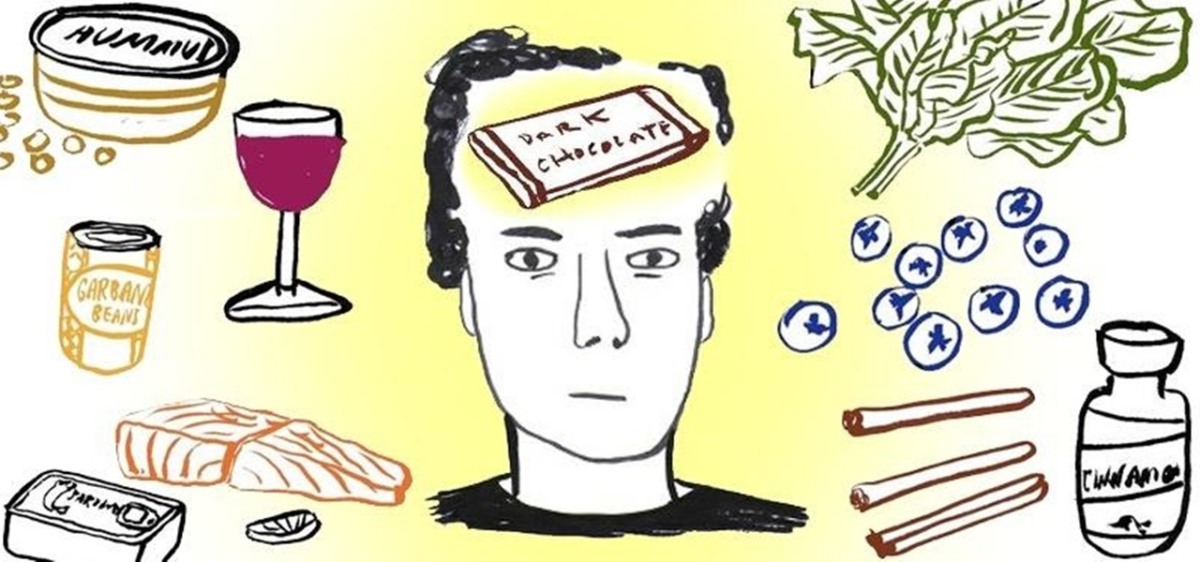The Neuroscience behind Alzheimer’s Disease
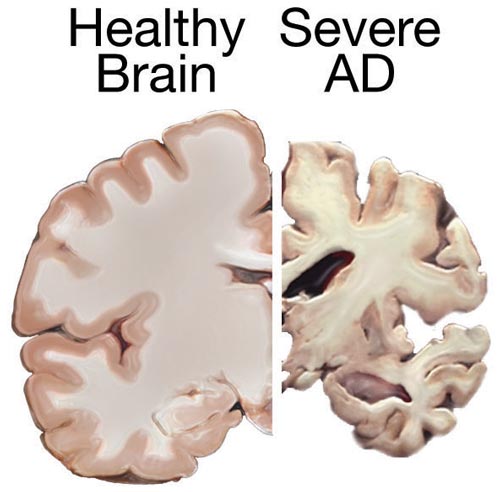
Stanley B. Prusiner once said, “Neuroscience is by far the most exciting branch of science, because the brain is the most fascinating object in the universe”. If you think about it, it is! You can never stop discovering more about the brain and its complexity. The brain is a wheelhouse for learning new things and improving overall cognitive function. Whether its learning a new language, memorizing new terms, engaging in social interaction or solving a puzzle! It all gears towards a positive outcome. In this Literature review, I delve deeper into the concept of neuroscience, the study of the brain and its impact on behavior and cognitive functions, and discuss its effects on Alzheimer’s and how you can lower your risk.
We all have brains, so learning a little bit more on ways to keep our brains healthy from certain diseases, like dementia, as we age are good ways to ensure healthier living. The brain is as pivotal a part of our existence as the heart. The same way you try to maintain good heart health, you should do for your brain. More than five million Americans are living with Alzheimer’s disease today (Alzheimer’s Association 326). That means by 2050, that number could rise as high as sixteen million. But why are the numbers rising? It could be a few things, genes… poor health, but more simply the fact that people are uninformed. The more we study what is normal brain function, the easier it becomes for us to detect what is abnormal within our brains.
Current research indicates that Alzheimer’s is a neurological disease that alters chromosome 21 and causes the recipient to suffer from extreme memory loss and confusion, and ultimately death. Scientists remain unclear on what is the definite cause of the disease, but recent studies suggest that there is a correlation between genes, poor diet and Alzheimer’s. Terms frequently mentioned in these studies are, striatum, a region deep in our brain, antibodies, a blood protein produced in response to and counteracting a specific antigen, mRNA, messenger RNA, and gene locus, the position on a chromosome. The term Neurofibrillary Tangles, or NFT, is also used, which are groups of hyper phosphorylated tau protein that are most commonly known as a primary marker of Alzheimer’s disease. These are insoluble twisted fibers found inside the brain’s cells. These tangles consist primarily of a protein called tau, which forms part of a structure called a microtubule. The microtubule helps transport nutrients and other important substances from one part of the nerve cell to another. In Alzheimer’s disease, however, the tau protein is abnormal and the microtubule structures collapse. Amyloid Plaques is another term used in Alzheimer’s diagnostics. Amyloids are groups of proteins that become folded into a shape that allows many copies of that protein to stick together, forming fibrils (small/slender fibers). Amyloid plaques are sticky buildup which accumulates outside nerve cells, or neurons. For reasons still unknown, in Alzheimer’s Disease (AD), the protein divides improperly, creating a form called beta amyloid which is toxic to neurons in the brain. Therefore, neuropathological diagnosis of Alzheimer’s disease relies on the presence of both neurofibrillary tangles and senile/amyloid plaques. There are two main types of Alzheimer’s disease; Early-onset and Late-onset Alzheimer’s. According to the Alzheimer’s Association, Alzheimer’s is a progressive disease that gradually worsens over time. In its early stages, memory loss is mild, but with late-stage Alzheimer’s, individuals lose the ability to carry on a conversation and respond to their environment. Most people with Alzheimer’s are sixty-five and older, but approximately 200,000 Americans under the age of 65 have younger-onset Alzheimer’s disease. (Alzheimer’s Association 330).
David G. Munoz, and Howard Feldman, published a journal in CMAJ a peer-reviewed general medical journal, on the “Causes of Alzheimer’s Disease”, discussing the genetics behind it. They explain that although cerebral atrophy is a typical manifestation of AD, it does not distinguish normal aging from AD accurately enough to be diagnostic. They described the AD brain as a cerebral cortex “peppered with neurofibrillary tangles and senile plaques” (Munoz, Feldman 66). The development of tangles is a major and possibly the main mechanism of neuronal death in AD. In relation to this, The Alzheimer’s Association posted an article to ELSEVIER, about “Alzheimer’s and Dementia”, more so detailing the cost of care, the caregivers and what accompanies the disease. The report said that the pace at which symptoms advance from mild to moderate to severe varies from person to person. Yes, in the more advanced stages, people begin to need help with basic activities of daily living, such as bathing, dressing, eating and using the bathroom, but also become bed-bound and reliant on around-the-clock care (Alzheimer’s Association 328). This is what causes further complications like pneumonia on top of the disease, because they are not moving frequently and become vulnerable to infections, malnutrition and dehydration. This report says that research done suggests that brain changes in people with Alzheimer’s may begin 20 or more years before symptoms even appear (Alzheimer’s Association 329). So, you would not know for sure until the damage really starts to thicken. “When the initial changes occur, the brain compensates for them, enabling individuals to continue to function normally. As neuronal damage increases, the brain can no longer compensate for the changes and individuals show subtle cognitive decline” (Alzheimer’s Association 229). Therefore, methods of prevention for lowering your risk of Alzheimer’s as you age should begin early on.
A question often asked when discussing Alzheimer’s and ways of lowering your risk of getting the Alzheimer’s is, “When should I start”? NewsRX, posted an article to the publication Obesity, Fitness, and Wellness Week, about what different studies are saying regarding our brain in relation to our diet. The journal related healthy dieting to higher levels of memory and brain function later in life, allowing you to enhance your memory as you age. No specific age has been documented as the “start date” of Alzheimer’s disease prevention, but mid-twenties and as you embark your early thirties to forties, diet change and exercise should be ideal, as your body and metabolism are changing. The NewsRX article specifies that people can effectively lower their risk by following standard health advice, like staying active and keeping cholesterol, blood sugar and blood pressure under control. A study was done around these areas to find whether this advice was valid. Study participants who had high levels of cholesterol, blood sugar and blood pressure were found to be six times more likely to get dementia than somebody without those uncontrolled levels of cholesterol, blood sugar and blood pressure levels, according to researcher Dr. Miia Kivipelto of the Karolinska Institute in Stockholm (NewsRX 830). Jae Hee Kang, an instructor at Harvard’s Brigham and Women’s Hospital in Boston, did a study on women in their 60’s who habitually ate more cruciferous and green leafy vegetables than other women. The results showed less overall decline on a bundle of tests measuring memory, verbal ability and attention when they were in their 70’s. These were foods like broccoli, cauliflower, romaine lettuce and spinach. Foods easily found at your local grocery store. Kang said that the effects of the vegetables on their cognition most likely stemmed from the antioxidants and B vitamins within them.

Georgia Ede, wrote an article late last year titled, “Preventing Alzheimer’s Disease Is Easier Than You Think”, about how insulin resistance ties into AD and three steps you can take in lowering your risk today. The article touches on the “brain sugar processing problem” that is caused by insulin resistance, referred to as, glucose hypo metabolism, an early marker of Alzheimer’s disease risk. This means that the brain cells do not have enough insulin to burn glucose at full capacity, therefore they struggle. The more insulin resistant you become, the more sluggish your brain glucose metabolism becomes. But, what does it mean to be insulin resistant? Ede said that,
“In the body, one of insulin’s responsibilities is to unlock muscle and fat cells so they can absorb glucose from the bloodstream. When you eat something sweet or starchy that causes your blood sugar to spike, the pancreas releases insulin to usher the excess glucose out of the bloodstream and into cells. If blood sugar and insulin spike too high too often, cells will try to protect themselves from overexposure to insulin’s powerful effects by toning down their response to insulin—they become “insulin resistant.” In an effort to overcome this resistance, the pancreas releases even more insulin into the blood to try to keep glucose moving into cells. The more insulin levels rise, the more insulin resistant cells become. Over time, this vicious cycle can lead to persistently elevated blood glucose levels, or type 2 diabetes.”

Eating too many of the wrong carbohydrates too often causes blood sugar and insulin levels to rise, placing us at a higher risk for insulin resistance. “Our bodies have evolved to handle whole food sources of carbohydrates like apples and sweet potatoes, but they simply aren’t equipped to cope with modern refined carbohydrates like flour and sugar” (Ede). This ties back into the earlier statement about lowering your risk of AD by maintaining good blood pressure and sugar levels. The use of PET scans in brain imaging studies allow scientists to find clues of early to late onset AD. The use of this technology to study people of different ages has allowed researchers to find that Alzheimer’s Disease is preceded by “decades of gradually worsening glucose hypo metabolism” (Sleep Disorders Group). In Bhumsoo and Feldman’s “Insulin Resistance…” article, they discuss insulin signaling and how the disruption of insulin signaling makes neurons more vulnerable to metabolic stress, which then accelerates neuronal dysfunction. That defective insulin signaling is associated with decreased cognitive ability and the development of dementia, including AD (Bhumsoo, Feldman 4). So, the conversation then shifts to, “OK. I know I should monitor my diet and intake but are there other ways that I can strengthen and preserve my brain as I age?”
The short answer is yes. There are many ways to improve brain function. One is Exercise. Just 30 minutes of aerobic exercise five times a week can keep your brain sharp, because physical exercise not only helps your heart but can increase the size of your hippocampus, the part of the brain crucial to making memories (Trinity College Dublin). Physical exercise generates a chemical called BDNF, brain derived neurotrophic factor, which acts like fertilizer for the brain. It encourages the growth of neural connections and brain cells. Also think about staying socially active as well, especially as you get older. There is developing research that suggests that those who avoid getting lonely and remain interactive can decrease their risk of cognitive decline. Do brain activities, like solving a puzzle, learning a new language, engaging in debates, or trying something new, like rock climbing, salsa dancing or mowing the lawn. Although Alzheimer’s is a large concern in the lives of many men and women over fifty, there is still this “disconnection” between people and Alzheimer’s and how to get over that hurdle, before it catches up to you. So much of it is because people are uniformed on what AD actually is and what causes it. The thing to understand is that AD is not inevitable as you get older, it’s something that can be conquered before the time comes. An interesting point was made by Dr. John Bergman in his video, he said that “Alzheimer’s is a man-made disease”. This disease was not as prevalent in the years past. Changing food intake and chemicals that have emerged over the past thirty years are to show forth. The same way this disease was created, it can be avoided. It is all about making those necessary lifestyle adjustments and hoping for the best. Manage blood sugar levels properly, exercise, engage in mental activity, consider food intake and try to actively learn more about Alzheimer’s disease and ways of prevention.
In conclusion, it is very important to work on bettering your health and brain function as you age. Alzheimer’s is a real disease that is sweeping across the nation. No, it is not inevitable but chances are high when the proper precautions are not put into place. Talking with friends and family to see if Alzheimer’s has affected someone they knew is also helpful in furthering your knowledge on the topic. Remember to challenge your mind! This is a great way to build new neural connections and strengthen your cortex. Maintaining socially and mentally active is also key. (Alzheimer’s Association 332). This keeps your brain active and alert. With over five million people with this disease today, being added onto the list, should be a main concern of someone reaching midlife. But, you can effectively lower your risk!
Work Cited
“What is Alzheimer’s?” M.ALZ.org, Alzheimer’s Association, p. 2, <alz.org/alzheimers_disease_what_is_alzheimers.asp.>
Munoz, David G., and Feldman, Howard. “Causes of Alzheimer’s disease”, vol. 162, no. 1, CMAJ, 11 Jan. 2000, pp. 65-72, < http://www.cmaj.ca/content/162/1/65.full.pdf+html.>
Association, Alzheimer’s. “2017 Alzheimer’s Disease Facts and Figures”, vol. 13, no. 4, pp. 325-373, April 2017, ELSEVIER, <https://doi.org/10.1016/j.jalz.2017.02.001.>
NewsRX. “Studies say diet can affect brain health.” Obesity, Fitness & Wellness Week, 14 Aug. 2004, p. 830. Academic OneFile, <go.galegroup.com/ps/i.do?p=AONE&sw=w&u=lom_udetmercy&v=2.1&id=GALE%7CA120273074&it=r&asid=2a57f5a54454d16e319af5cd3b80b2e6.> Accessed 12 Oct. 2017.
Lacosta, Ana-María, Insua, Daniel, Badi, Hassnae, Pesini, Pedro, and Sarasa, Manuel. “Neurofibrillary Tangles of Aβx-40 in Alzheimer’s Disease Brains” Journal of Alzheimer’s Disease, vol. 58, no. 3, pp. 661-667, 2017, doi: 10.3233/JAD-170163
Daulatzai, M. A., “Cerebral hypoperfusion and glucose hypometabolism: Key pathophysiological modulators promote neurodegeneration, cognitive impairment, and Alzheimer’s disease” Journal of Neuroscience Research, vol. 95, no. 4, pp. 943–972, Apr 2017, Wiley, doi:10.1002/jnr.23777
Kim, Bhumsoo, and Eva L Feldman. “Insulin Resistance as a Key Link for the Increased Risk of Cognitive Impairment in the Metabolic Syndrome.” Experimental & Molecular Medicine 47.3 (2015): e149–, pp. 1-10, PMC. Web. 12 Oct. 2017, www.ncbi.nlm.nih.gov/pmc/articles/PMC4351418/
Ede, Georgia. “Preventing Alzheimer’s Disease Is Easier Than You Think”, Psychology Today, 07 Sept. 2016, <https://www.psychologytoday.com/blog/diagnosis-diet/201609/preventing-alzheimer-s-disease-is-easier-you-think.>
Trinity College Dublin. “What Can You Do to Keep Your Brain Healthy?”, YouTube, 18 Feb.2014, www.youtube.com/watch?v=OV2TspM8PDg.
Dr. John Bergman. “How to Keep Your Brain Healthy”, YouTube, 03 Mar. 2014, www.youtube.com/watch?v=rNDYRp4YBWI.

